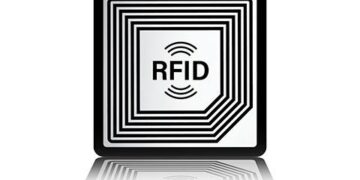In the summer of 1991, the neuroscientist Vittorio Gallese was studying how movement is represented in the brain when he noticed something odd. He and his research adviser, Giacomo Rizzolatti, at the University of Parma were tracking which neurons became active when monkeys interacted with certain objects. As the scientists had observed before, the same neurons fired when the monkeys either noticed the objects or picked them up.
But then the neurons did something the researchers didn’t expect. Before the formal start of the experiment, Gallese grasped the objects to show them to a monkey. At that moment, the activity spiked in the same neurons that had fired when the monkey grasped the objects. It was the first time anyone had observed neurons encode information for both an action and another individual performing that action.
Those neurons reminded the researchers of a mirror: Actions the monkeys observed were reflected in their brains through these peculiar motor cells. In 1992, Gallese and Rizzolatti first described the cells in the journal Experimental Brain Research and then in 1996 named them “mirror neurons” in Brain.
The researchers knew they had found something interesting, but nothing could have prepared them for how the rest of the world would respond. Within 10 years of the discovery, the idea of a mirror neuron had become the rare neuroscience concept to capture the public imagination. From 2002 to 2009, scientists across disciplines joined science popularizers in sensationalizing these cells, attributing more properties to them to explain such complex human behaviors as empathy, altruism, learning, imitation, autism and speech.
Then, nearly as quickly as mirror neurons caught on, scientific doubts about their explanatory power crept in. Within a few years, these celebrity cells were filed away in the drawer of over-promised, under-delivered discoveries.
Yet the original experimental results still stand. Neurons in the premotor cortex and related brain areas do mirror behaviors. Even if they don’t conveniently explain vast categories of human experience, mirror neurons “are alive and kicking,” Gallese said. Now a new generation of social neuroscientists are reviving work on the abandoned cells to research how neurons with mirror properties throughout the brain encode social behavior.
The Rise and Fall
Part of what was initially so fascinating about mirror neurons was that they were strikingly out of place. In a brain area dedicated to motor planning, here were cells with unique properties that responded during perception. Beyond that, the Parma researchers interpreted their results as evidence for what’s known as “action understanding” in the brain: They argued that the monkeys could intuit what another individual was doing and that this intuition was resolved in a single cell.
The mirror neuron was therefore an “immediately accessible way of explaining a mechanism that is entirely more complex,” said Luca Bonini, a professor of psychobiology at the University of Parma who was not involved with the original study. Galvanized by this interpretation, researchers began projecting “understanding” onto any number of cells that seemed mirrorlike.
The enthusiastic fanfare warped the study of mirror neurons and disrupted researchers’ careers. In the early 2000s, the cognitive scientist Gregory Hickok of the University of California, Irvine, found that neurons in the brain’s motor areas related to speech production became active when participants listened to speech. While it was not a shocking finding — “that’s just how the system works,” Hickok said — other scientists began viewing his results through a mirror-neuron lens. He knew the theory couldn’t apply to his work. Still others suggested that when listeners perceived speech, neurons in the motor cortex “mirrored” what they heard.
To fend off mirror-neuron enthusiasts, Hickok began stating at the start of his research talks that his work had nothing to do with mirror neurons — a choice that inadvertently landed him in the center of the debate. In 2009, the editor-in-chief of the Journal of Cognitive Neuroscience invited Hickok to write a critique of the theory. He used speech as a test case to refute the grandiose claim that mirror neurons in the motor cortex allowed a monkey to understand another’s actions. If, Hickok argued, there is a single neural mechanism that encodes producing an action and understanding that action, then damage to that mechanism should prevent both from occurring. Hickok assembled a dossier of studies showing that damage to speech production areas did not disrupt speech comprehension. The data, he wrote, “unequivocally demonstrate that the mirror neuron theory of speech perception is incorrect in any strong form.”
The much-cited critique led to a book deal and, in 2015, an invitation to publicly debate Gallese at the New York University Center for Mind, Brain and Consciousness. Sharing the stage for the first time, the pair were friendly rivals: two distinguished scientists exchanging competing perspectives with some light teasing, followed by smiles over beers.
Although that confrontation was amicable, the backlash to mirror-neuron hype generally was not. Today, Gallese remains surprised by the “acrimony” he faced in the scientific community. “I don’t think anybody else has been scrutinized as deeply as we were,” he said. And the effect on the study of those brain cells has been profound. In the years since the NYU debate, mirror neurons have dropped from scientific discourse. In 2013, at the peak of the hype, scientists published more than 300 papers with “mirror neuron” in the title. By 2020, that number had halved, to fewer than 150.
The Mirror Neuron, Redefined
The episode is a case study in how excitement around certain ideas can transform the course of their research. Gallese attributed the decline in studies of mirror neurons to collective fear and self-censorship. “[Researchers] are afraid [that] if they bring up the tag ‘mirror neurons,’ the paper might be rejected,” he said.
As a result, researchers have adopted different terminology — “action activation network,” for example — to explain mirror mechanisms in the brain. The term “mirror neuron” has also become murky. At the beginning, its definition was clear: It was a motor cell that fired during a movement and also during the perception of the same or similar movement. However, as researchers recruited the term to explain social phenomena, the definition became unwieldy to the point where it became an “untestable theory,” Hickok said.
Today, after a cooling-off period, social neuroscientists are dredging the cells from the biological muck. As they look beyond the brain’s motor areas, they’re finding what look suspiciously like mirror neurons. Last year, a team at Stanford University reported in Cell the discovery of neurons that mirror aggression in mice. This suite of cells fired both when a mouse behaved aggressively and when it watched others fight. Because the cells became active in both contexts, the researchers suggested that they are mirror neurons.
“This was the first example demonstrating the existence of mirror neurons in complex social brain areas,” said Emily Wu, an adjunct assistant professor of neurology at the University of California, Los Angeles, who was not involved in the research.
This finding adds to a growing body of evidence that neurons beyond the premotor cortex have mirror properties when two animals socially interact. These same cells fire during personal actions or emotions and in response to seeing others having those same experiences.
Technically, by the original definition, these cells aren’t mirror neurons, Hickok said: Mirror neurons are motor cells, not social cells. However, Wu doesn’t sweat the definitions. Rather than debate what is and isn’t a mirror neuron, she aims to catalog functional mirror properties that characterize cells wherever they may exist in the brain.
The goal is to describe how widespread these neurons are and how, at the electrophysiological level, they behave as they uniquely do. By doing so, Wu and other scientists are clearing the cloud of hype to see these cells for what they really are.
>>> Read full article>>>
Copyright for syndicated content belongs to the linked Source : Quanta Magazine – https://www.quantamagazine.org/overexposure-distorted-the-science-of-mirror-neurons-20240402/

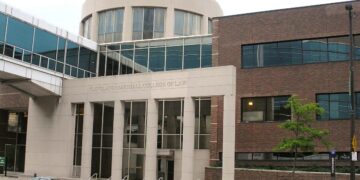

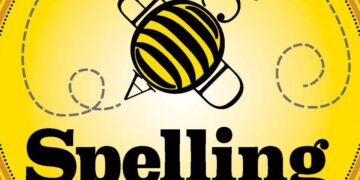








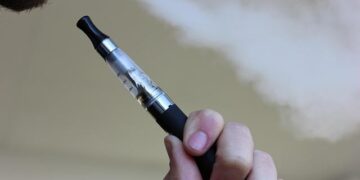

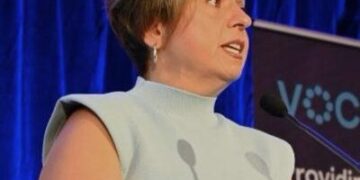

![[News] China Makes Breakthrough in Chip Technology, Paving the Way for Lithography Advancements – TrendForce](https://earth-news.info/wp-content/uploads/2025/11/324664-news-china-makes-breakthrough-in-chip-technology-paving-the-way-for-lithography-advancements-trendforce-360x180.jpg)
